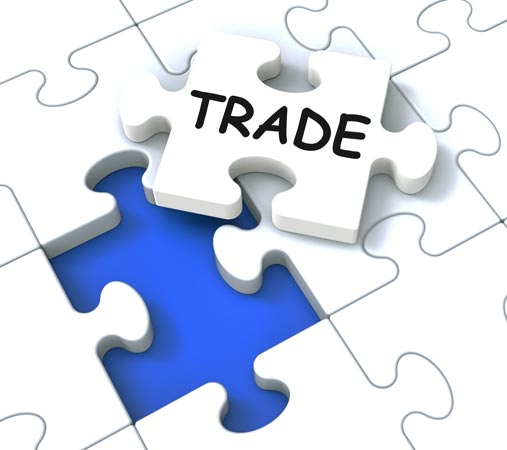Slowing global economic growth, trade tensions and geopolitical risks will lead to subdued demand growth in global shipping in 2020, Fitch Ratings says in a new report. The sector outlook remains negative. Although all shipping segments have demonstrated more prudent capacity growth in recent years, which supported a better supply-demand balance, a longer record of responsive capacity management is needed to improve the sector’s resilience.

Free global trade is vital for shipping as about 80% of world trade in goods is carried by the international shipping industry. The main sector risk is that protectionist measures may escalate into a protracted trade war and damage the prospects for global trade and GDP growth. While some upside is possible if the trade tensions between the US and China ease, the downside risks, including expected slower GDP growth in China, soft trade growth and Brexit uncertainty, will continue to weigh on demand.
The sector will also need to cope with rising costs related to new regulation capping sulphur content in marine fuel (International Maritime Organisation (IMO) 2020), which is likely to negatively affect shippers’ credit metrics. This regulation will probably increase operating costs (if shippers choose to use more expensive low-sulphur fuel) and/or capex (if they install scrubbers that remove sulphur from the exhaust or purchase new LNG-fuelled vessels). Shippers are unlikely to fully pass through all the associated costs to customers due to their limited bargaining power in the oversupplied market. We expect most shipping companies to use low-sulphur fuel.
We forecast global container volumes to grow by about 2.5% in 2020. While this represents a small increase from 2019, it is well below the average growth rate of about 4.5% over the past eight years. Trade restrictions, if they remain unresolved, are likely to have a negative impact on global container volumes of about 1% in 2020, according to AP Moller-Maersk. We expect better capacity management in global container shipping with fleet capacity increasing by 3.3% in 2020, slower than 3.6% in 2019. Container freight rates in 2020 are likely to remain at levels similar to those in 2019.
We expect dry-bulk trading volumes to grow by 3% in 2020, up by more than 1.5pp on 2019. This improvement will be driven by higher iron ore and other commodities volumes. Iron ore volumes are expected to slowly recover following the Vale dam incident in Brazil and challenging weather at Australian ports in 2019. Fleet additions are likely to match this growth in volumes, and freight rates are likely to increase as dry-bulk shippers will be better positioned to pass on some of the higher fuel costs.
Global tankers’ supply and demand are likely to grow by 2.5% and 3.5%, respectively, in 2020, supporting a better supply-demand balance. This will help freight rates to stay at levels comparable to annual averages in 2019, which represents a recovery from their troughs in the middle of 2018. The impact of IMO 2020 on tanker shipping companies is likely to be mixed, as rising compliance costs may be mitigated by increased tanker demand to transport compliant fuel. However, lingering trade and geopolitical tensions and political risk may depress long-term tanker demand
